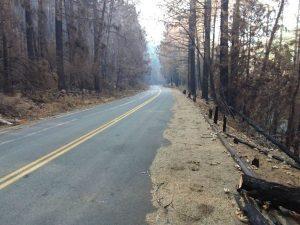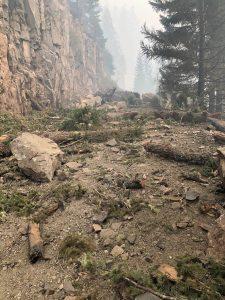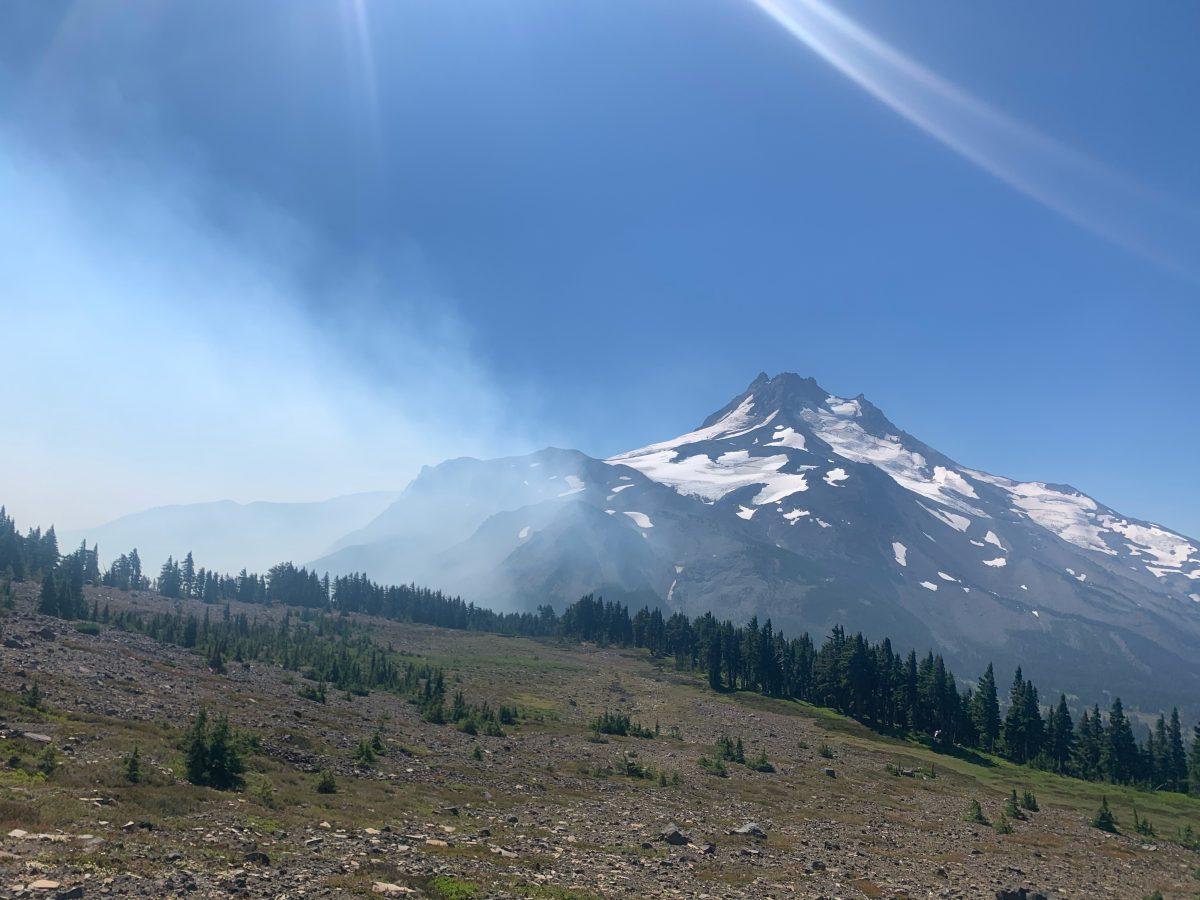Sarah Lightley/The Broadside
The fires that burned across Oregon in the summer have been put out, but what happens in the months after a fire has been laid to rest?
There are three different post-fire programs of rehabilitation and response: 1) suppression repair, 2) Burned Area Emergency Response (BAER), and 3) long term restoration.
BAER is used by the Department of Agriculture and identifies post-wildfire threats to human safety/life, property, and critical natural and cultural resources.
Rob Tanner, the Deschutes and Ochoco National Forest BAER Coordinator, commented that the BAER teams identified and reported mostly human safety and life threats resulting from the Beachie Creek and Lionshead wildland fires of fall 2020.
An example of an identified threat was a guardrail burned alongside one of the roads outside of Detroit, Oregon due to the Lionshead Fire. The BAER team identified it as a threat to human safety/life and recommended a replacement.

Who makes up a BAER Team?
Depending on the complexity of the wildland fire, the team is made up of a leader, and sometimes an assistant leader. A hydrologist would be needed if a fire goes through a water source. In addition, soil scientists, fisheries biologist, archeologist, wildlife biologist (contingent upon having an endangered species threatened), road engineers, invasive plant specialist/botanists, and geologists may be needed depending on the scope of the post-wildfire threats.
Tanner said, “On the Beachie Creek and Lionshead fires there was a 25 person BAER team.”
When asked if the BAER program is effective, Tanner replied, “It’s a really good program. Emergency response assessments are focused and effective in identifying post-wildfire threats and risks and getting help.”
The BAER program is used all over the United States and has been requested in Australia after their bushfire season of 2019-20. The BAER program is also used in New Zealand and parts of Europe.
After the Beachie Creek and Lionshead fires, a BAER team went out and assessed the potential threats. They made road closure recommendations due to hazard trees along roads and trails. They recommended upsizing culverts to accommodate for the increase in runoff water. Also, they requested monitoring of burn areas in case of weeds/invasive plants spreading and displacing native species.

Fires potentially leave behind a lot of damage but there are programs in place like BAER that can help restore the environment that has been blackened.








